
Category: Uncategorized
The Saddest Song
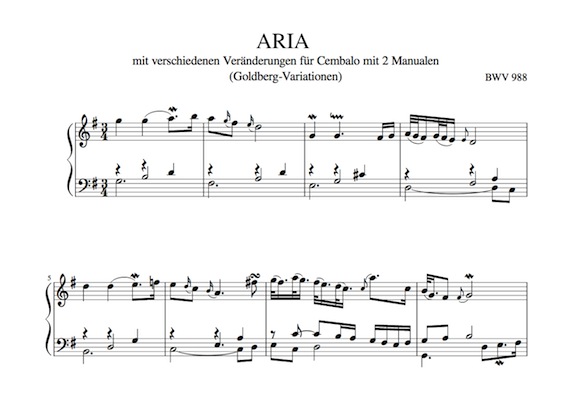 Open Goldberg Variations, Werner Schweer, editor.
Open Goldberg Variations, Werner Schweer, editor.
Listening to “happy” music can make one feel happier. However, instead of always making people feel worse, listening to sad music often brings on a state of “paradoxical pleasure.”
I am not saying that listening to sad music in and of itself makes people happier. What I am saying is that listening to sad music can evoke a sequence of very complex emotions. Furthermore, many people regard experiencing that kind of a cascade of metamorphosing emotions as “pleasurable.” (Or perhaps, just as a relief.)
The somewhat waffle-like language employed above is in recognition of the fact that many people experience the same music in different ways. By the way, the sequence of emotions Shock/Disbelief/Anger/Despair formerly was called The Four Stages of Saab Ownership. “What do you mean, my engine’s harmonic balancer was held on with glue?”
I think whether the precise emotional mechanism (and what a silly word “mechanism” is to use, in this context) is transference or catharsis or a feeling of empathy will just have to remain a mystery of the human soul. But from the earliest times, serious thinkers (from Aristotle to Schopenhauer) have always recognized that the power of sad music (and also of literature and drama) does not lie in its merely making people feel sadder than they had been.
A recent BBC Culture article asks whether data diving can “reveal” the “Saddest Number One Song Ever.” I think that that article itself reveals the multiple, perhaps even fatal, limitations of such an approach.
If I had to pick one song known to me as the saddest ever (which avoids the major problems associated with judging the quality and the qualities of songs by things like Billboard charts or Grammys), that would be the “Aria” from the Goldberg Variations. The Goldberg Variations might not have words, but right at the top of the score it says “Song” (albeit in Italian).
Song samples and more pondering, after the jump. Continue Reading →
Dawn on the Mississippi River (New Orleans, March 5, 2018)

Photograph © 2018 John Marks
I don’t have a “Bucket List.”
That said, if I did, watching the sun rise over the Mississippi River in New Orleans would be a good thing to add to such a list. For some reason, the view made me think of Mussorgsky’s “Dawn on the Moskva River,” from his rarely-performed opera Khovanshchina.
(The link is to a very evocative YouTube slideshow over a USSR Symphony Orchestra performance with Evgeny Svetlanov, conductor.)
# # #
Vox Luminis: “Mille regretz” (attr. Josquin des Prez, c. 1450/1455 – 1521)
If humans were like amoebas—and multiplied by dividing—nobody (with the potential exception of Sarah McLachlan) would write songs about lost love. The song sub-genre “Baby, This Makes Me So Blue” predates the 1950s… by about 500 years. The chanson “Mille regretz” (“A Thousand Regrets”) is usually attributed to Josquin des Prez, who flourished in the late 1400s and early 1500s–the High Renaissance. Josquin was his name, and polyphony was his game.
“Mille regretz” was reputedly the favorite song of King Charles I of Spain, who in due course became Holy Roman Emperor Charles V. Charles’ consolidated holdings stretched from Peru to Bohemia, totaling about 1.5 million square miles. His was the first empire about which it was said, the sun never set upon it. But even he got the blues; and when he did, he turned to music. Continue Reading →
Pianist Hyperion Knight to Perform in Providence (RI), February 25, 2018
Audio by Jerry Bruck, Posthorn Recordings NYC; video and editing by John Marks
I will return to my former avocation of concert impressario, and present audiophile-fave-rave pianist Hyperion Knight in a program of Bach, Beethoven, and Gershwin at the First Baptist Church in America, in Providence (RI) on Sunday, February 25 at 2:00 PM. The recital will be open to the public, and free of charge.
The Third Meeting House of the First Baptist Church in America is a short (seven minutes) walk from the Providence Amtrak (train) station. The starting time of the recital was chosen to make it possible for music lovers from New York City to Boston to arrive and depart with the least fuss possible.
The program consists of music of J.S. Bach (selected Inventions; and transcriptions of choral and organ music including the “Little” Fugue in g); Beethoven’s piano sonata no. 21 in C, “Waldstein”; and Gershwin’s Suite from Porgy and Bess. The recital will last approximately one hour, and will proceed without an intermission. Continue Reading →
“They were so young and happy and beautiful… “
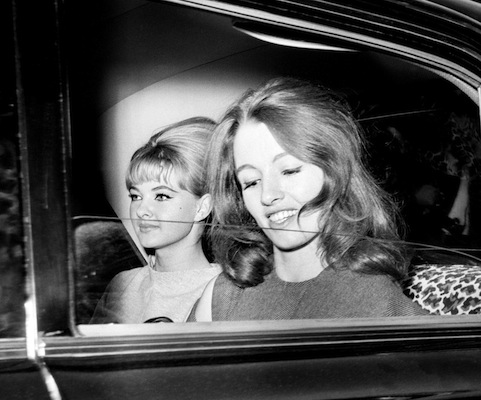
I am fascinated and at times a bit awed by… connections. My brief but meaningful interaction with film-score composer John Williams means that through him, I am one handshake away from Marilyn Monroe; that’s because John Williams was the rehearsal pianist for the songs Marilyn Monroe sang for the soundtrack of Some Like It Hot. Through Stéphane Grappelli, I am one handshake away from… Django Rheinhardt. Through Yehudi Menuhin, I am one handshake away from: Elgar, Bartók, Ysaÿe, Enescu, Busch, and Bruno Walter. And countless others. Through engineer and Mahler expert Jerry Bruck, I am one handshake away from Alma Mahler (Gropius Werfel); and therefore, two handshakes away from Gustav Mahler.
The concept of connections, for me at least, dovetails with what I call the “Horseshoe-Nail Theory of History.” That’s the idea, enshrined in the proverb-poem “For Want of a Nail,” that an overlooked small difference in initial conditions can lead to a specifically-unforeseen “failure cascade” that has immense consequences. I wrote about the Horseshoe-Nail theory of history for The Truth About Cars. That blog entry, “Horseshoe Nails, The Rhythm of History, and General Motors,” argues that the late-1950s decision by General Motors not to spend five dollars per car to fix the dangerous handling of the first-generation Chevrolet Corvair ultimately led (in 2000) to the election of George W. Bush as the President of the United States.
After the jump link, I identify the two pretties in the photo above, and explain their impact on history, and their connection to me. Continue Reading →
A Piece of the First Transatlantic Cable (1858)
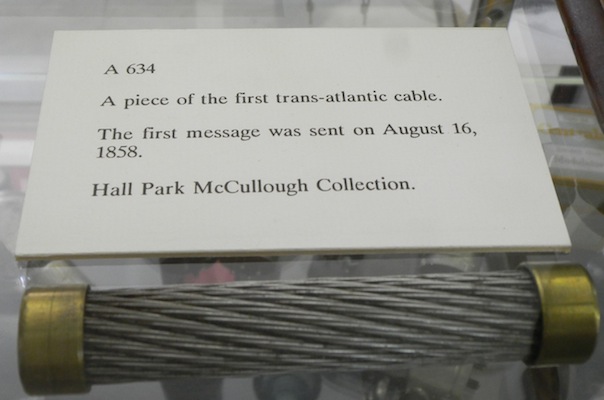
My musically-astute friend and I found ourselves in mid-October enjoying the environs of Bennington, Vermont. An artistically-astute friend had some time before emailed me, urging me to see the Milton Avery exhibit going on at the Bennington Museum, and the timing worked out. (There’s an image of a wonderful Milton Avery painting after the jump.)
In addition to the Milton Avery exhibit (which just closed), the Bennington Museum permanently houses the largest Grandma Moses collection this side of Proxima Centauri (those clever aliens bought in big, when the market was really cheap). I must confess that my reaction to Grandma Moses always was, “OK, yeah;” but, seeing the paintings live, there’s really a lot more going on than a person might have gleaned from LIFE magazine, back in the day.
There was a vitrine holding artifacts from Grandma Moses’ painting workbench. I at first was puzzled by the glass jar of silver glitter, but it then dawned on me that she must have used the glitter to make her snowscapes sparkle; and, sure enough, the proof was hanging on the walls. The Bennington Museum asks visitors to refrain from photographing the Moses pictures, in that the Museum sells books and postcards. I imagine those constitute major sources of revenue, and so of course I complied.
However, there was no ukase prohibiting (non-flash) photography elsewhere; and so, when I was brought up short by seeing, in a vitrine in the hall dedicated to material culture and technology, an item the claimed to be a piece of the first transatlantic telegraph cable, I snapped the photo you see above.
History of technology lesson and philosophical musings, after the jump.
NB, the first transatlantic messages were exchanged more than two years before Abraham Lincoln took office! Continue Reading →
A Summer Sunday’s Afternoon at Tanglewood
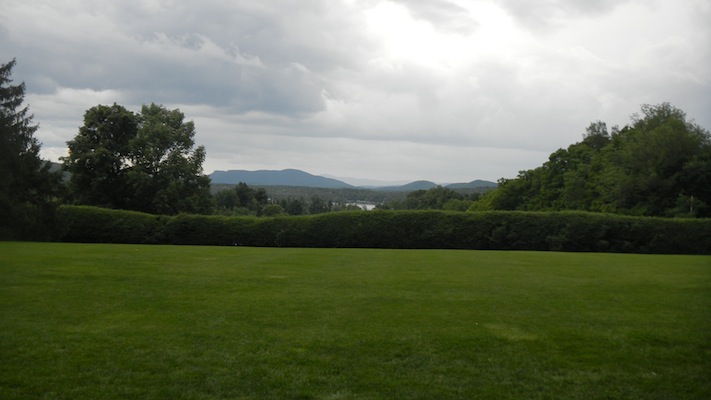 Photo © 2016 John Marks
Photo © 2016 John Marks
On Sunday, August 14, the musically-astute friend I mentioned in the context of the Andris Nelsons Boston Symphony Wagner/Sibelius CD and I traveled to Lenox, Massachusetts, where the Boston Symphony makes its summer home at Tanglewood. The program consisted of Beethoven’s Op. 64 Coriolan Overture (1807), his Piano Concerto 3 (1800-1801), and Schumann’s Symphony 4 (1841/1851).
But of course, I could not resist indulging in audio geekery, in the process making a new pro-audio friend! Geek-bait photos, official concert photos, and a link to streaming audio of the concert, all after the jump! Continue Reading →
George Washington Carver’s List of Eight Cardinal Virtues
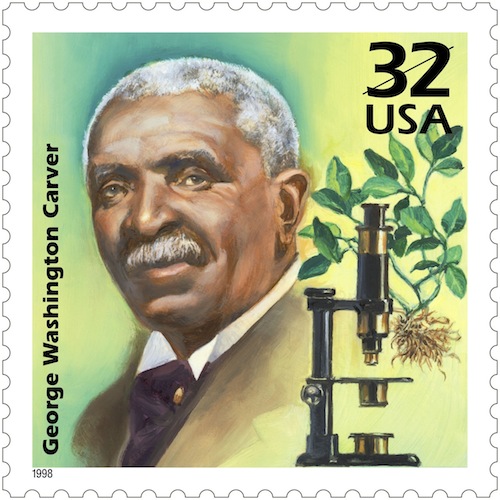
Dear Friends,
I intend to use my blog as a way of sharing my love of music and the other arts, and also sharing my love of audio engineering and of home hi-fi equipment. I am not going to turn my blog into a political platform.
That said, while doing other research, I ran across a List of Eight Cardinal Virtues composed by plant scientist George Washington Carver (c. 1860—5 January 1943). Here they are.
- Be clean both inside and out.
- Neither look up to the rich, nor down on the poor.
- Lose, if need be, without squealing.
- Win without bragging.
- Always be considerate of women, children, and older people.
- Be too brave to lie.
- Be too generous to cheat.
- Take your share of the world, and let others take theirs.
The relevance to today’s headlines should be painfully obvious.
# # #
Welcome to The Tannhäuser Gate!
Sorry for the delays! I am teaching myself WordPress–content will start going up asap.
Looks like content will go up Monday 2/8/16.
Thanks for your interest.
John


